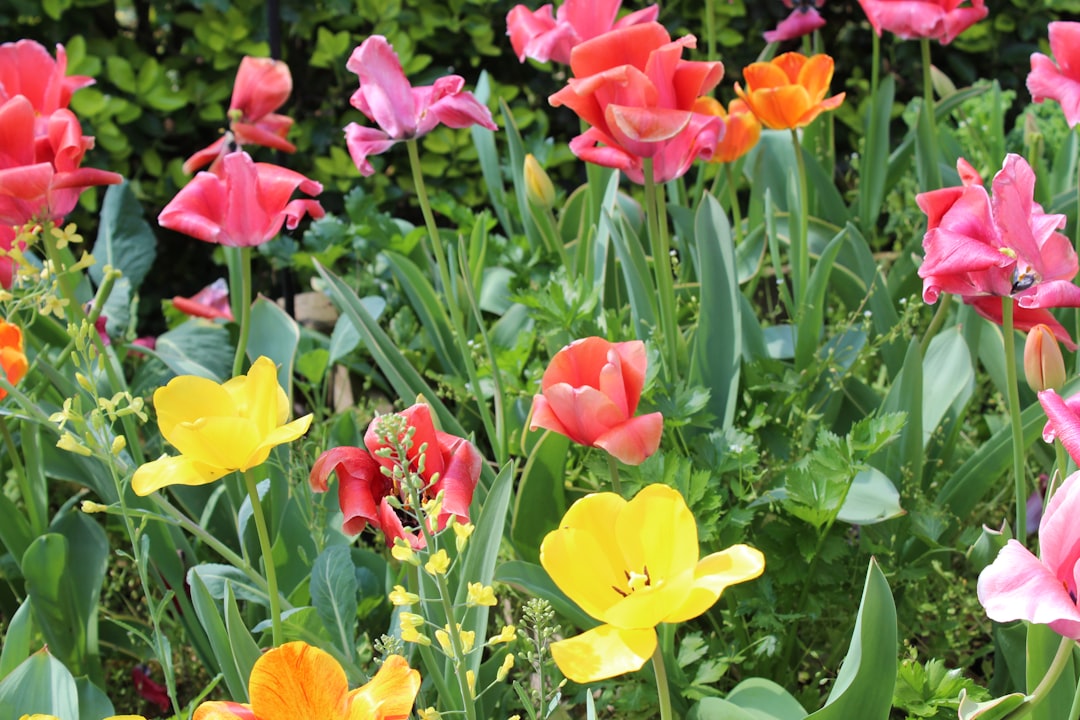Unveiling the Charm of Dogwood Shrubs in Your Garden

In the world of gardening, the quest for plants that can add both aesthetic appeal and a touch of nature's grandeur is a never - ending journey. Among the many options available, the dogwood shrub, also known as the dogwood bush, emerges as a hidden gem that can bring the beauty of dogwood trees to a more manageable scale. This often - overlooked plant offers a plethora of benefits and characteristics that make it a must - have for any garden enthusiast.
Dogwood shrubs are part of the Cornaceae family, which also includes the well - known dogwood trees. They come in a variety of species, each with its own unique features. One of the most popular species is the red twig dogwood (Cornus sericea). As the name suggests, this shrub is known for its vibrant red branches, which provide a stunning contrast against the white snow in winter. The red twig dogwood can grow up to 8 feet tall and wide, making it a great choice for creating a natural hedge or adding structure to the garden.
Another notable species is the pagoda dogwood (Cornus alternifolia). This shrub has a distinctive horizontal branching pattern that gives it a pagoda - like appearance. It produces clusters of small, white flowers in the spring, followed by blue - black berries in the summer. The pagoda dogwood is a slow - growing shrub that can reach a height of 15 to 25 feet, making it suitable for both small and large gardens.
One of the main advantages of dogwood shrubs is their versatility. They can be planted in a variety of locations, including full sun to partial shade. However, most dogwood shrubs prefer moist, well - drained soil. They are also relatively low - maintenance plants, requiring only occasional pruning to maintain their shape and remove any dead or damaged branches. This makes them an ideal choice for busy gardeners who want to enjoy a beautiful garden without spending too much time on upkeep.
In terms of aesthetics, dogwood shrubs offer year - round interest. In the spring, they burst into bloom with an array of colorful flowers. The flowers can be white, pink, or even yellow, depending on the species. These flowers not only add a splash of color to the garden but also attract pollinators such as bees and butterflies. In the summer, the shrubs produce berries, which are not only attractive but also provide a food source for birds.
As the leaves change color in the fall, dogwood shrubs put on another show. The leaves can turn shades of red, orange, or purple, creating a beautiful backdrop for the garden. And in the winter, the red twig dogwood, in particular, adds a pop of color to the otherwise dull winter landscape. The bright red branches stand out against the snow, making the garden look more inviting even in the coldest months.
Dogwood shrubs can also be used in a variety of garden designs. They can be planted as specimen plants, where they can be the focal point of the garden. They can also be used in group plantings to create a mass of color and texture. For example, planting a group of red twig dogwoods together can create a stunning visual effect, especially in the winter. Additionally, dogwood shrubs can be combined with other plants such as perennials, annuals, and bulbs to create a diverse and beautiful garden.
When it comes to propagation, dogwood shrubs can be propagated through seeds, cuttings, or layering. However, propagating from cuttings is often the easiest and most reliable method. To propagate from cuttings, simply take a 4 - to 6 - inch cutting from a healthy branch in the spring or early summer. Remove the lower leaves and dip the cut end in rooting hormone. Then, plant the cutting in a pot filled with moist potting soil and keep it in a warm, bright location. With proper care, the cutting should root within a few weeks.
In conclusion, the dogwood shrub is a wonderful plant that offers many benefits for gardeners. Its versatility, low - maintenance nature, and year - round interest make it a valuable addition to any garden. Whether you have a small urban garden or a large rural estate, there is a dogwood shrub species that will suit your needs. So, why not consider adding a dogwood shrub to your garden and experience the beauty and charm it has to offer?